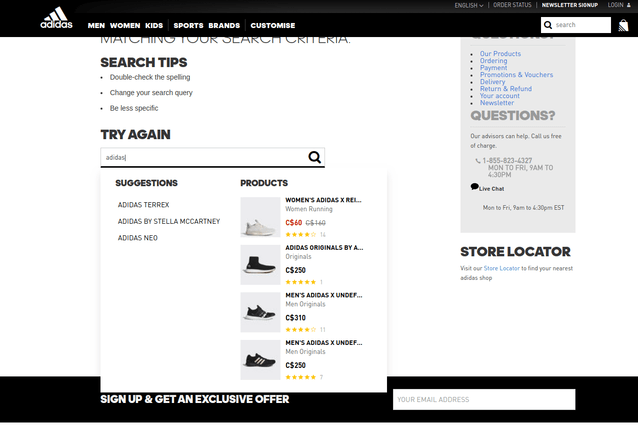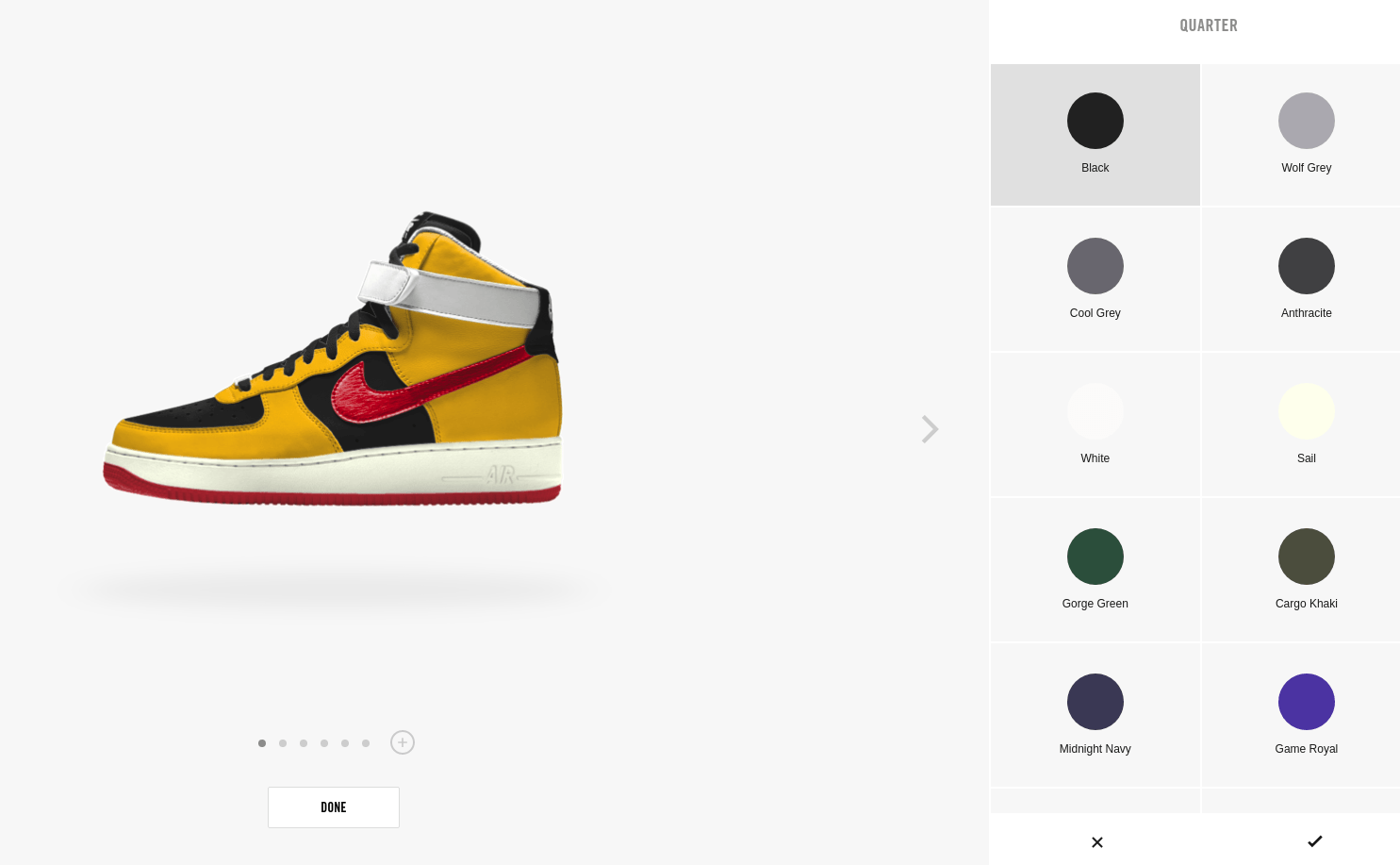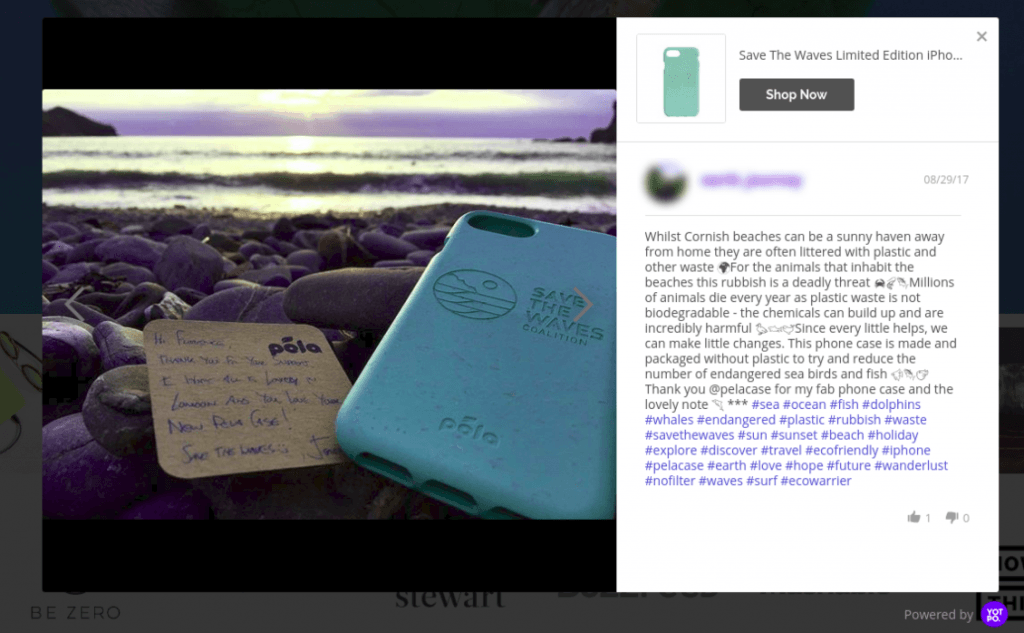How Can Lifecycle Marketing Improve Your Customer Relations
Lifecycle marketing is one of the proven ways to positively impact customer experience. In today’s article, we will show you a set of technical tools and talk about the strategy you should follow to influence your customer lifecycle most effectively.
What is lifecycle marketing
You may have come across some cases when marketing campaigns were aimed at selling a product at any cost. To achieve their goals, marketers would exaggerate the information in product descriptions, annoy their customers with countless advertising emails, and broadcast their messages without trying to understand the real needs of the audience. Lifecycle marketing is based on the diametrically opposite approach.
There is no precise definition of lifecycle marketing, but we think of it as focusing on what people need and then doing something about it. One thing is for sure: it’s not only about our marketing campaign and its goals. It’s also about paying attention to what people think, how they feel and what we can do about it using the tools that we have.
The new mindset
In lifecycle marketing, we focus on the following things.
- On-site interactions. This is the kind of data you already have at your disposal, and you can now pay attention to things that people are looking for and talk about on your site.
- Browse behavior. Do your customers go all the way to product pages or stop at the category level? Or they put stuff in the basket and then quit?
- Lack of engagement. When are the customers coming back? When do the email subscribers stop engaging and what can we do about it?
- Asking the right questions. What are the key things you need to know to build strong relationships with customers at various stages: at subscription, at purchase, when customers disengage?
If you get these things right, the results will be surprising. Putting the client first has never damaged anyone’s marketing campaigns.
The new strategy
As marketing templates tools and requirements develop, we cannot just keep using the same tools for each customer group. We need to think of their differentiation.
So, where do we start? First, we suggest mapping your current customer lifecycle as a starting point. The customer lifecycle is roughly divided into the following four stages:

You may have more or less in your industry; it doesn’t matter. What’s important here is finding the ways to improve the interaction with your potential customers on each stage of the customer lifecycle. Find out where customers get stuck and need you to go a little bit further. This goes back to putting people first.
Now let’s look at the tools you can use on each of the phases of the customer lifecycle.
Attraction
The attraction phase is all about telling your customers about your brand and attracting them to your website. Here are some of the most useful tools:
- contextual advertising in search results is useful for telling about your brand to the people, who are already in search of the advertised product
- contextual advertising in display networks is designed to help you find the right audience. It reaches people while they are browsing the internet in search of the information that is contextually connected with your product. Its targeting options let you strategically show your message to potential customers at the right place and the right time (e.g., frying pan ad on a culinary site);
- social media marketing helps companies to keep in touch with both current and potential customers. Additionally, they offer built-in data analytics tools, which enable companies to track the progress, success, and engagement of ad campaigns;
- influencer marketing focuses on influential people to be a public face of their company, can work for both current and potential customers;
- native marketing. Unlike display ads or banner ads, native ads don't look like ads. They look like part of the editorial flow of the page and don’t irritate visitors.
Interaction
During this phase, you should focus on the experience a customer gets from interacting with your business, most importantly your website. Its structure, design and technical features should make it nice for a customer to stay at.
Here you can get creative and do whatever you want as long as it pleases your visitors. Some of your ideas may be technically difficult to implement, that is where you can turn to an experienced ecommerce developer company for help.
Here are just a few tools you can consider:
- Taking your search to the next level. Convenient search with autocomplete suggestions and pictures. Check out Adidas’s searching solution:
As you can see, it shows various product suggestions, so that a client doesn't have to type the hole name.
- Customers love it when they have a variety of products to choose from, but the love being able to customize their favorite items even more. You should think of the ways to let them do that in your webstore. Meanwhile, you can look at Nike’s example:
They developed an online sneaker constructor, which lets customers create their own sneaker model and then add it to cart. Amazing! You don’t have to create something that large-scale, think of some little things your clients could do to customize their choice.
- Show your visitors that they always have someone to turn to for help and advice. Use online chatting box to show your presence.

Delight
Of course, the purchase itself is what delights customers most, but you, as a business owner, can go a little bit further and think of something you can do to make the customer experience even more unforgettable.
- Make sure every order is confirmed by an email with all the purchase details.
- You can consider creating a separate “thank you” letter to show your gratitude to the customers.
- Encourage your customers to come back later by offering discount coupons and promo codes for future orders. Here is where Magento 2 Custom Success Page extension can come in handy.
- Surprise your clients by complimenting their order with a token of gratitude. It doesn’t have to be something connected to the order (e.g., a couple of mints, a box of cookies, a hand-written letter of appreciation, etc.). Look at the example of Pelacase company. They send a small thank-you card together with the product. People like such surprises and post them on their social networks, which becomes additional advertising for the brand.
Post-purchase engagement
A common mistake that webstore owners make is accepting the purchase as the end-goal and not thinking about what happens to a customer after they’ve bought something. For a business to thrive, it must establish long-term customer relations, which will later translate into repeat purchases and increase the customer’s lifetime value to the company.
And that is where carefully crafted post-purchase engagement comes in. Here are just a few things you can consider for engaging your customers after they have made a purchase:
- send an email in 3—4 days after the delivery date asking whether everything works well and any help is needed;
- ask for a product or/and shop review;
- send an email with complementary products (e.g., it makes sense to offer jogger pants to someone who has just purchased a pair of running shoes) in a couple of weeks after the delivery date. Try not to be too pushy: getting complementary offers more than once a month can become annoying.
This is just a handful of ideas you can implement in each phase of your customer lifecycle. The tools you can use are numerous and are limited only by your imagination. You can and should get creative and do whatever you want as long as it makes your customers feel happy and appreciated.
If you are interested in optimizing your webstore and making it customer-friendly, feel free to send us a Free Quote.

Read Also
Use these Marketing Tools to Optimize Your Website
Top-50 Marketing Agency WordPress Templates
Effective Email Marketing Tactics to Boost E-Commerce Business
Mobile App as a Powerful Marketing Tool
Get more to your email
Subscribe to our newsletter and access exclusive content and offers available only to MonsterPost subscribers.





Leave a Reply
You must be logged in to post a comment.